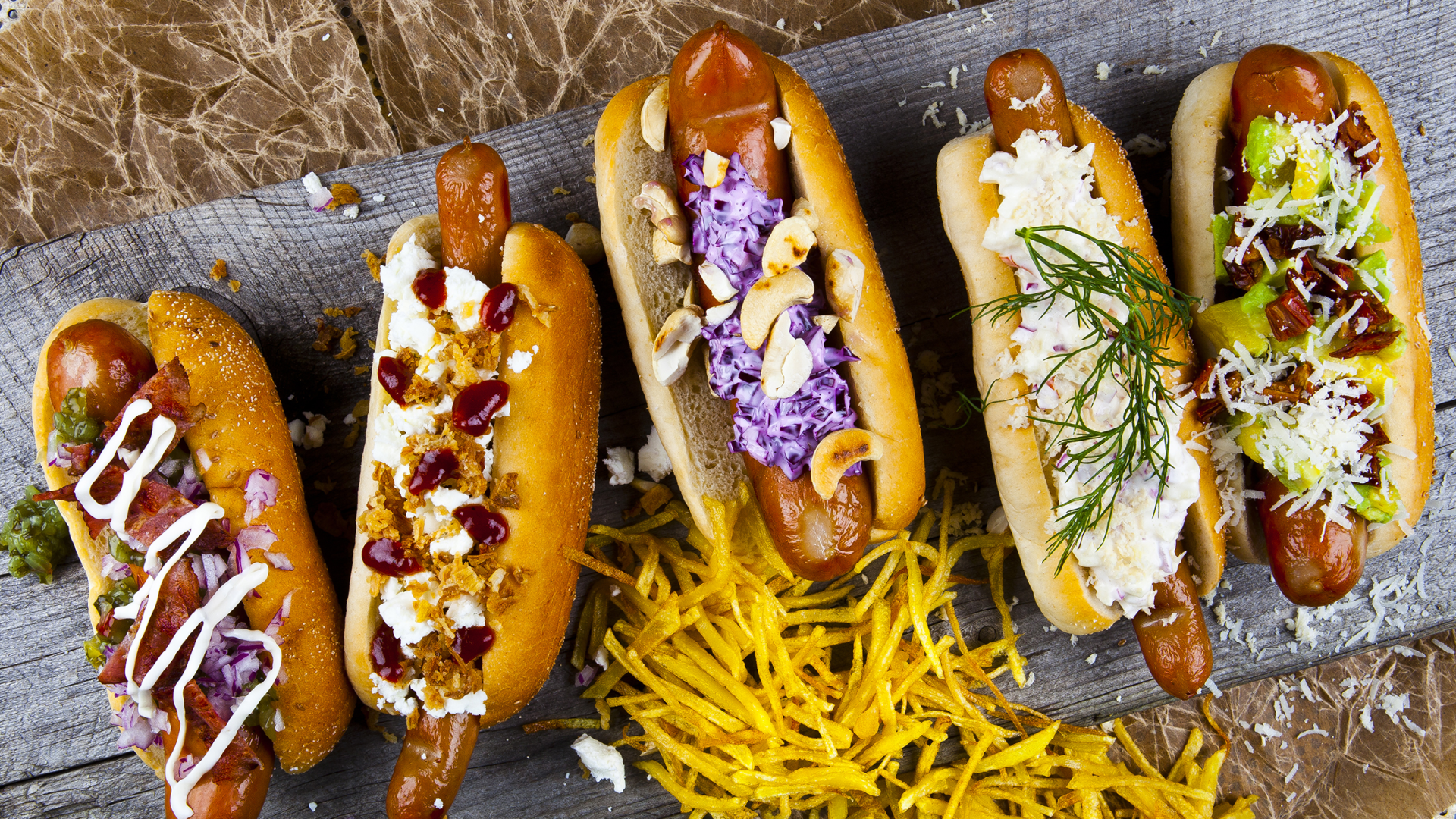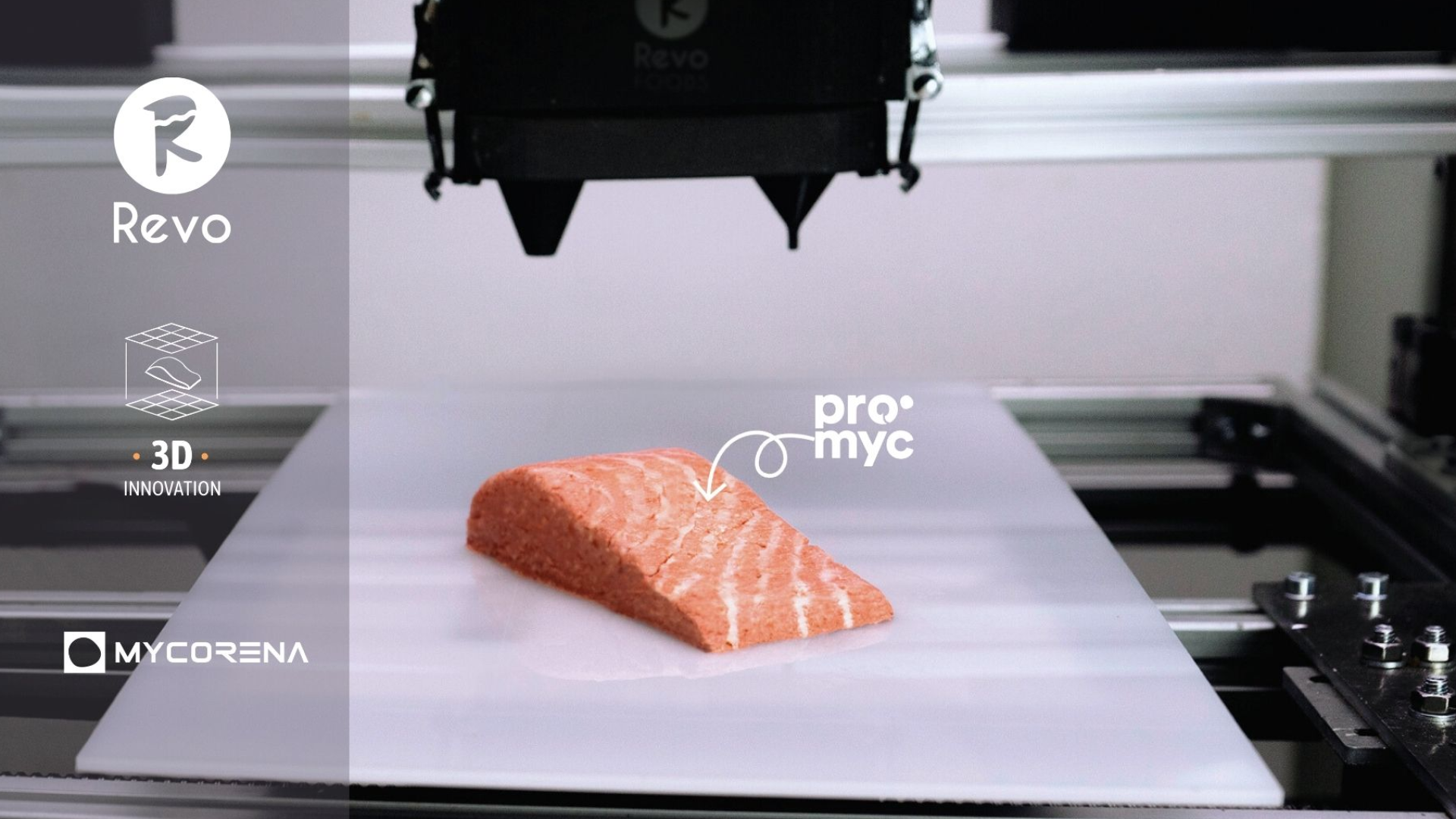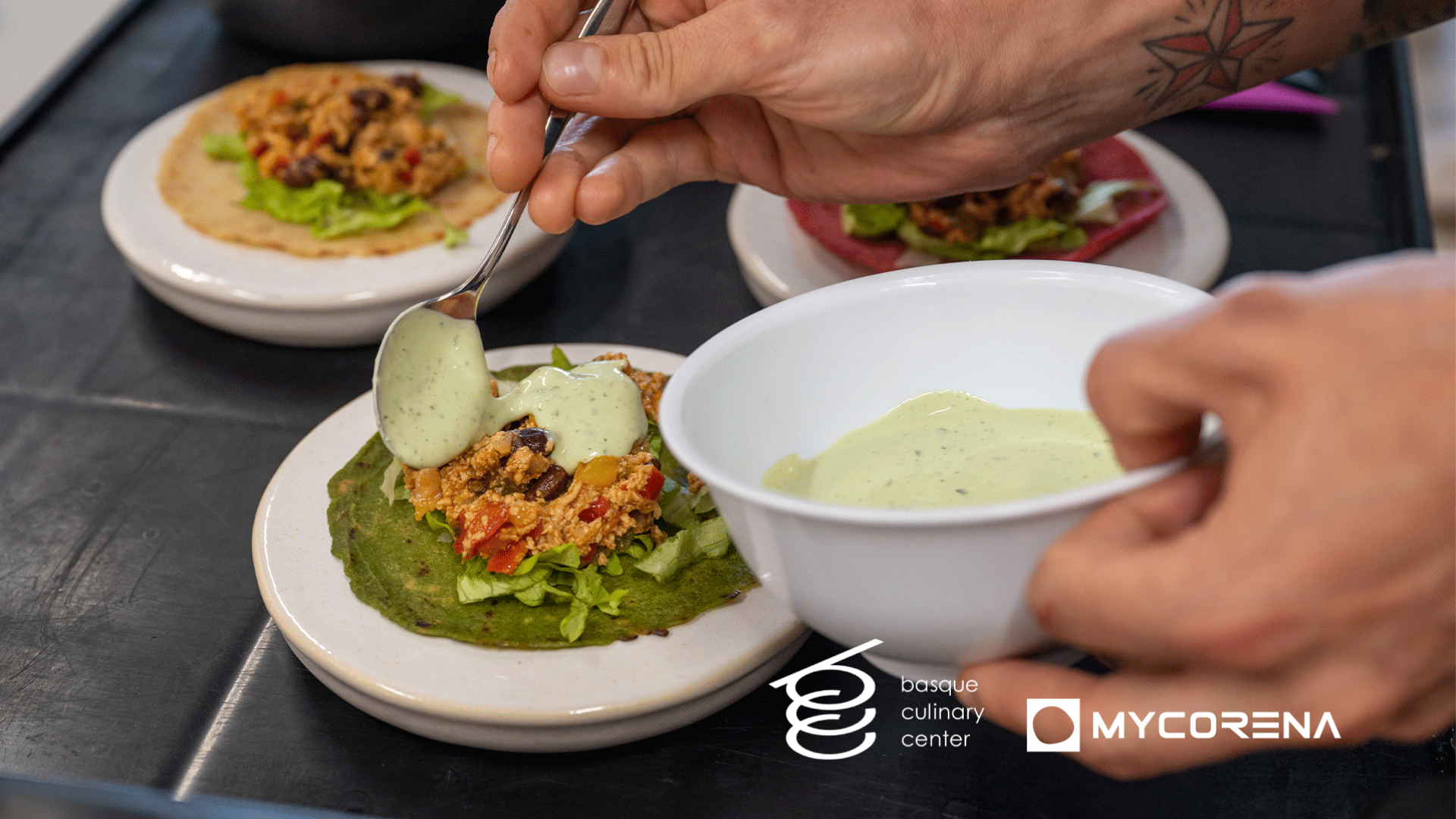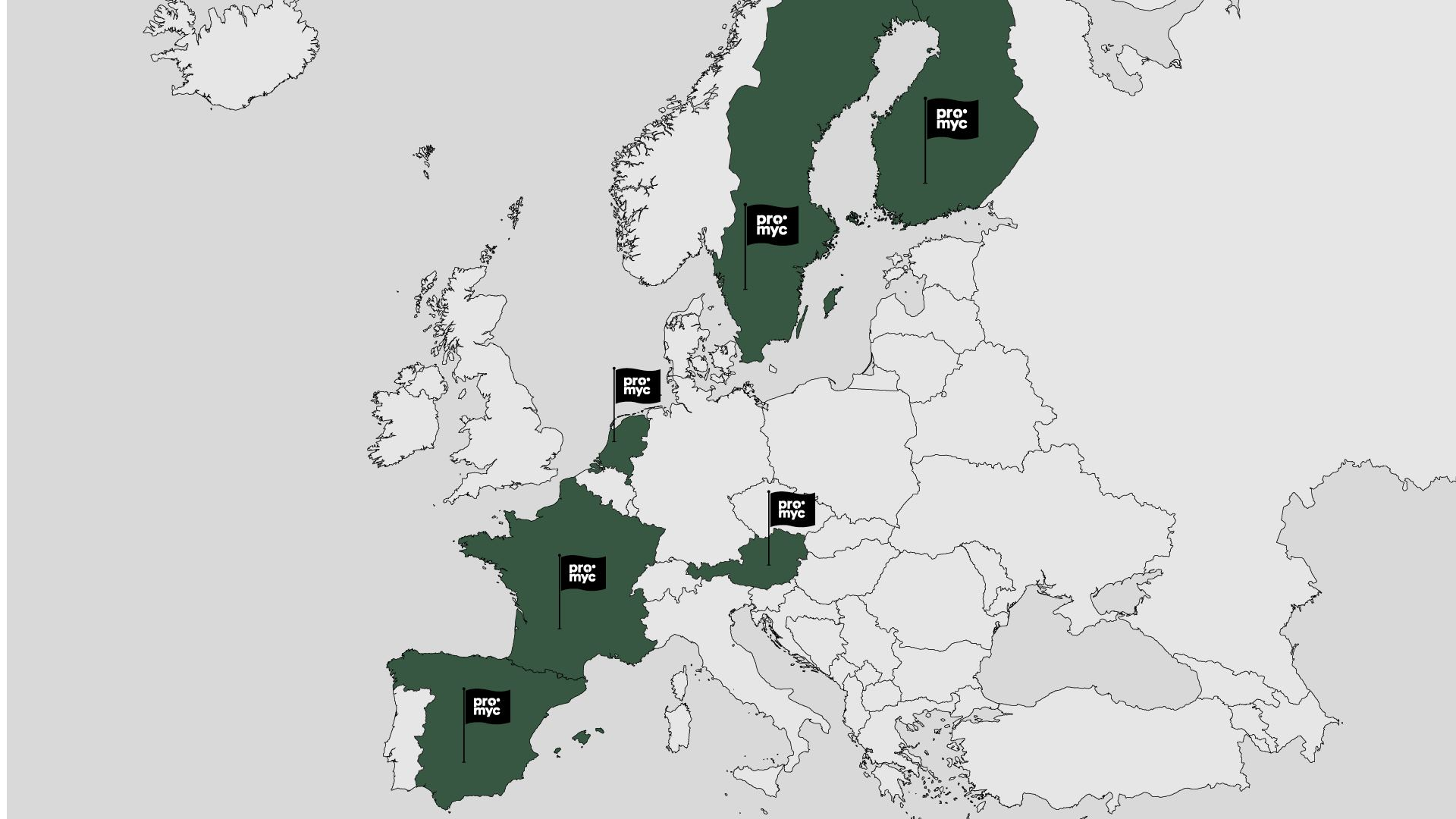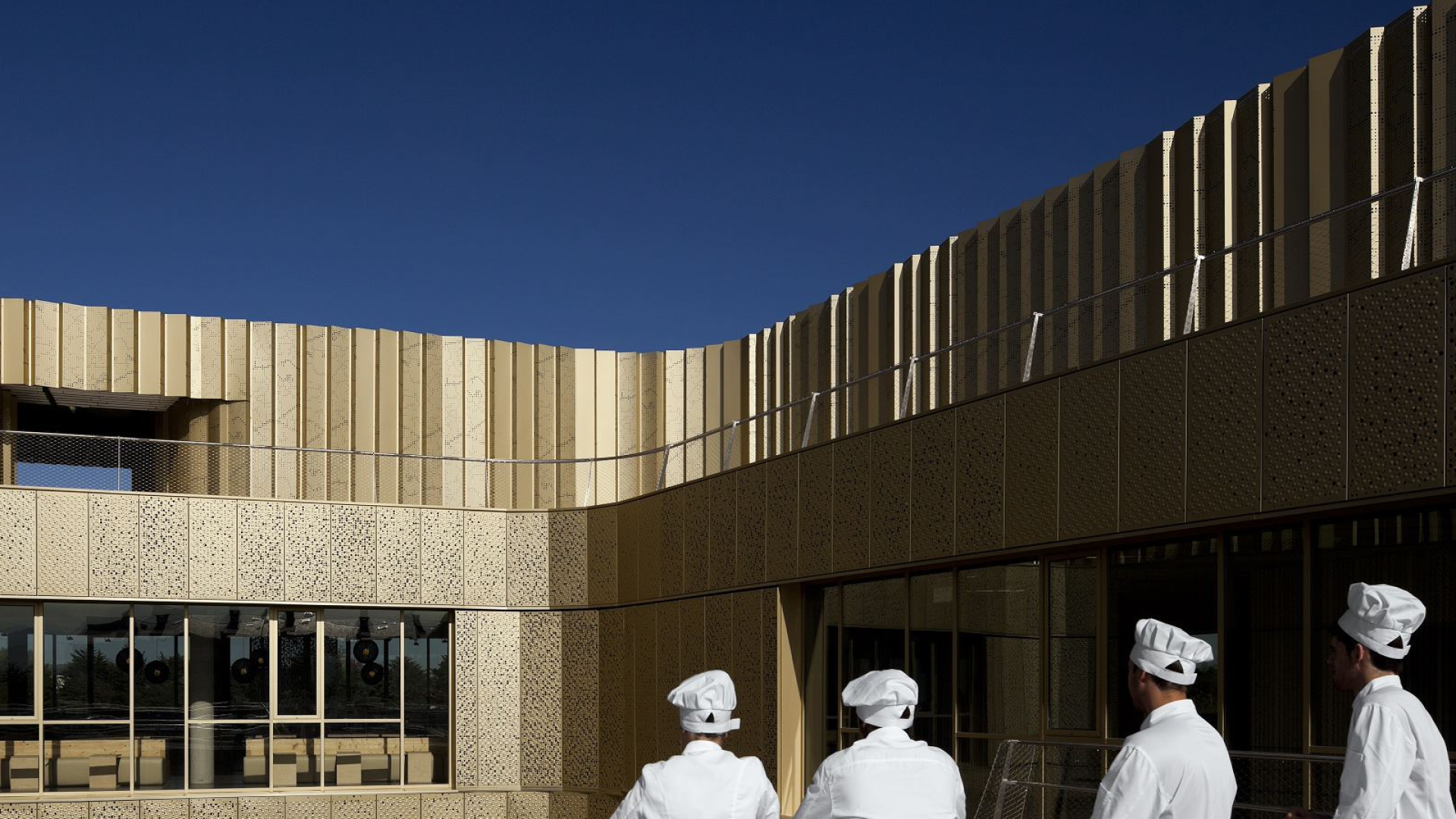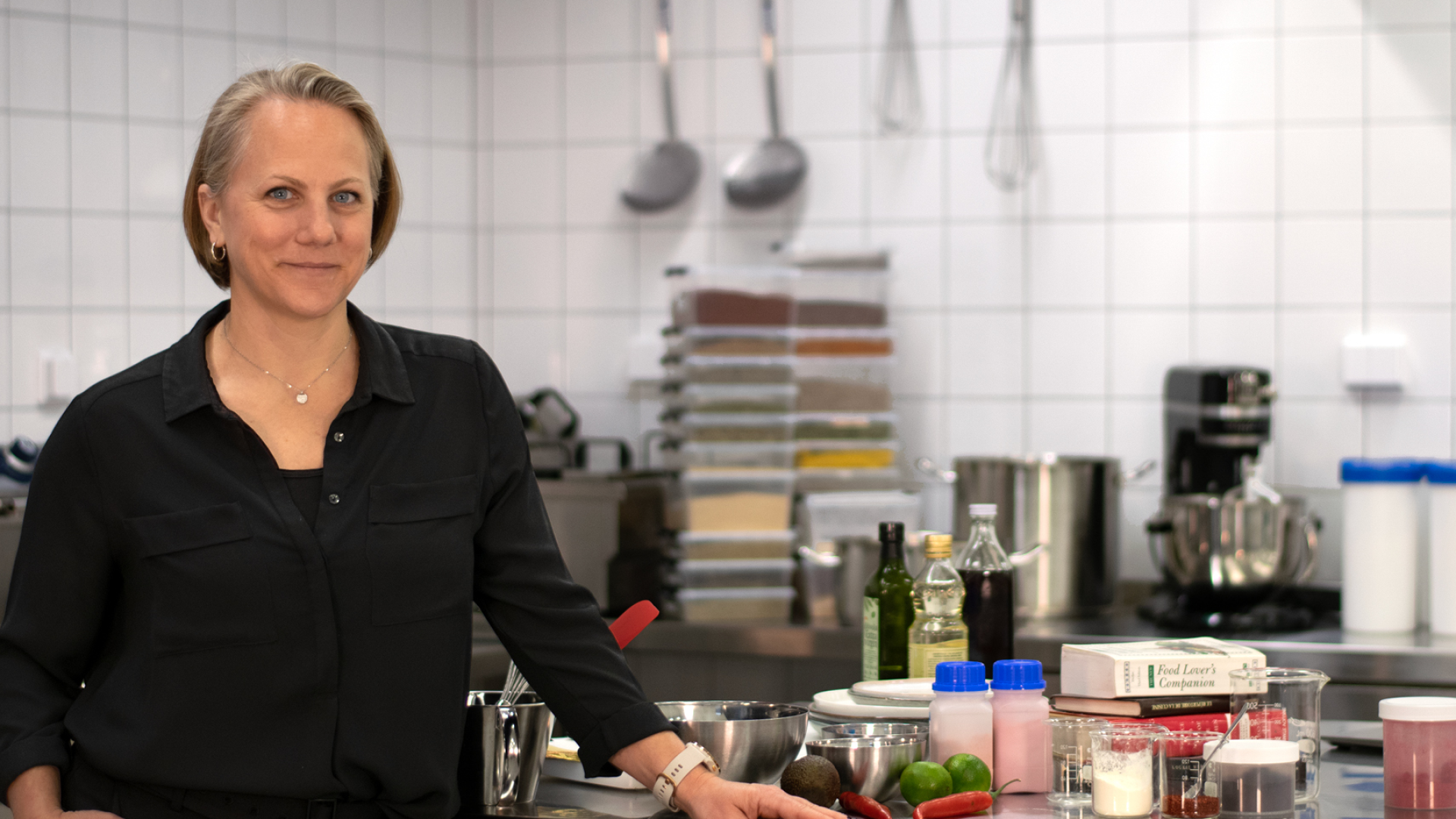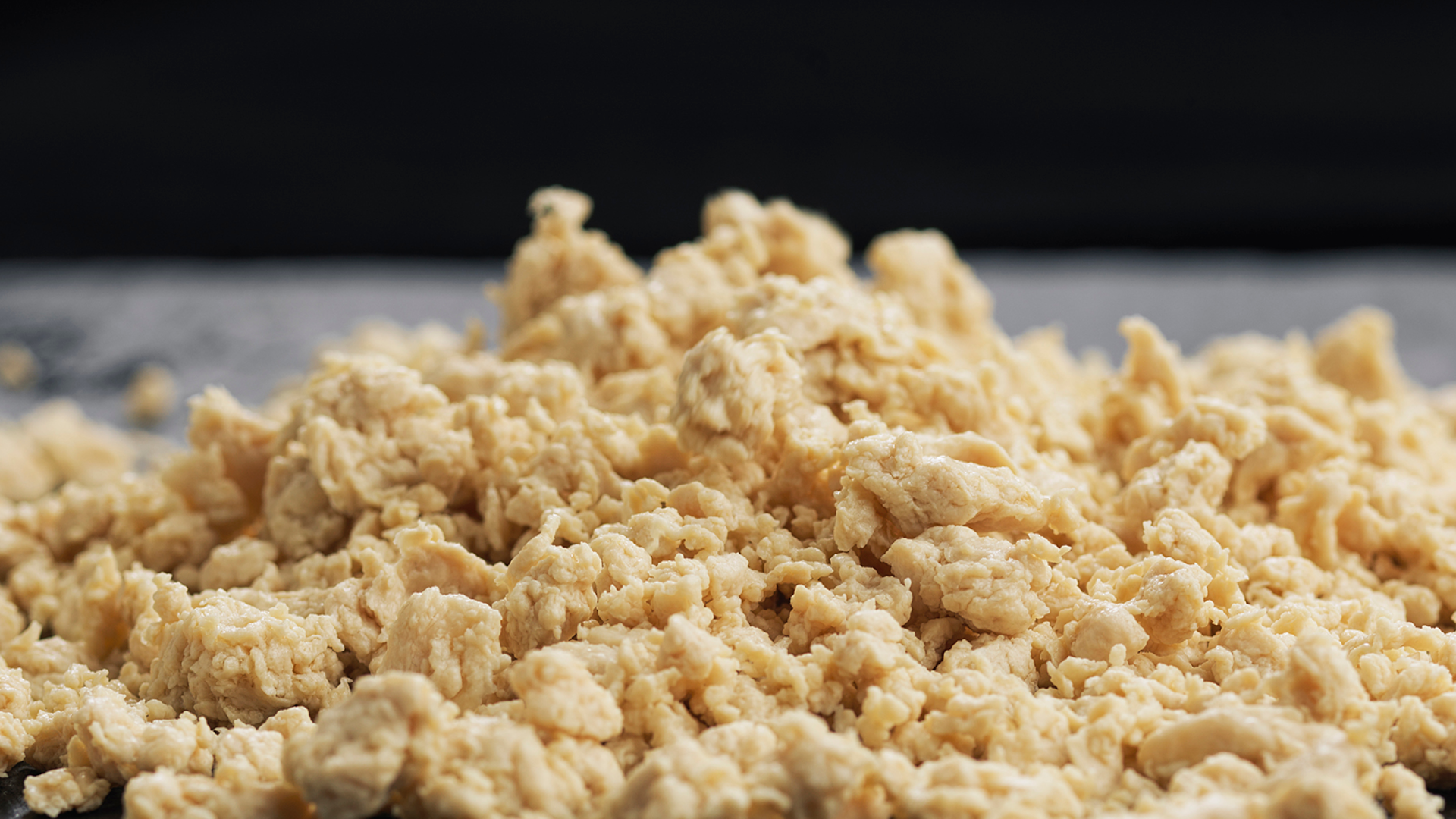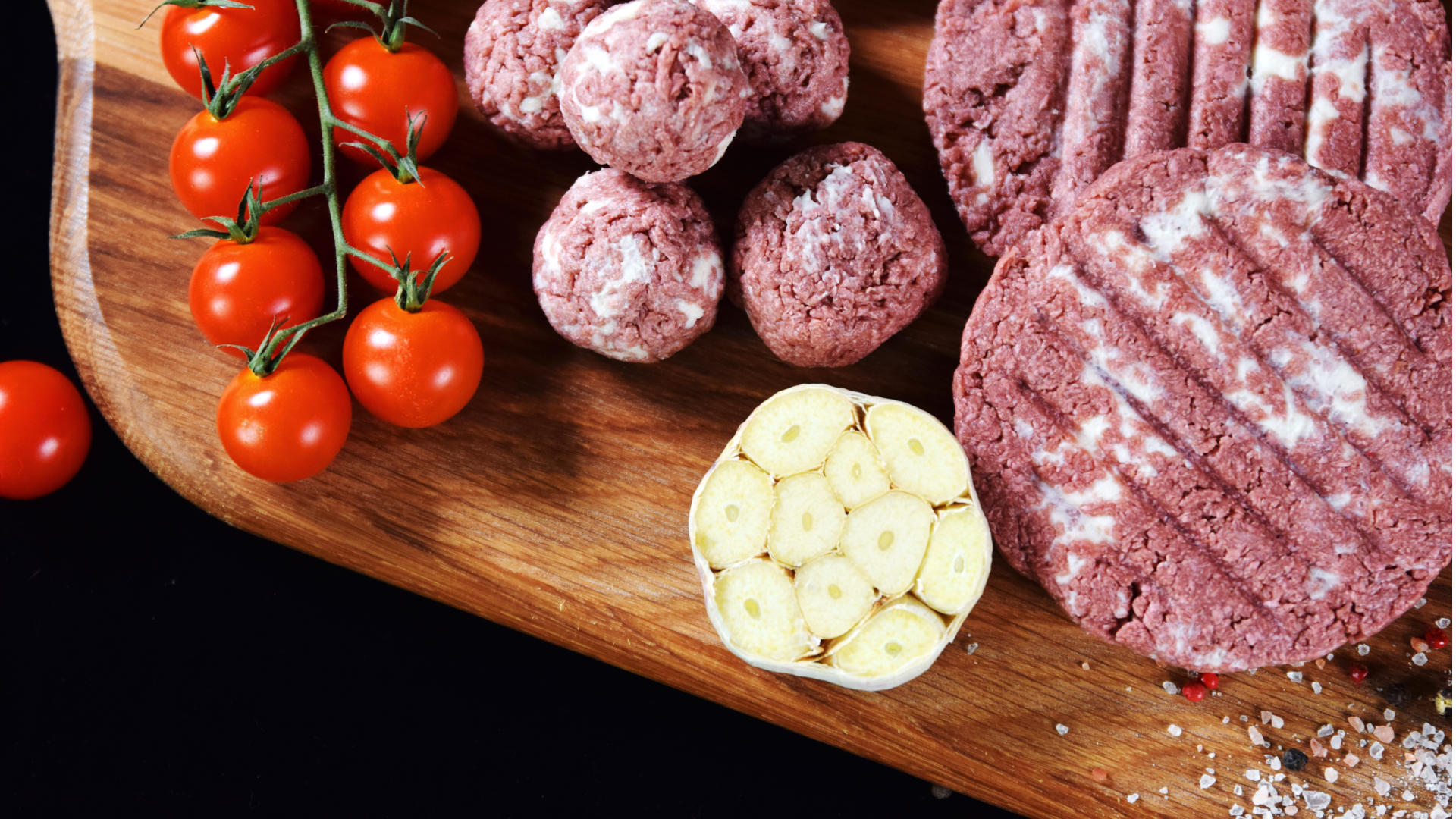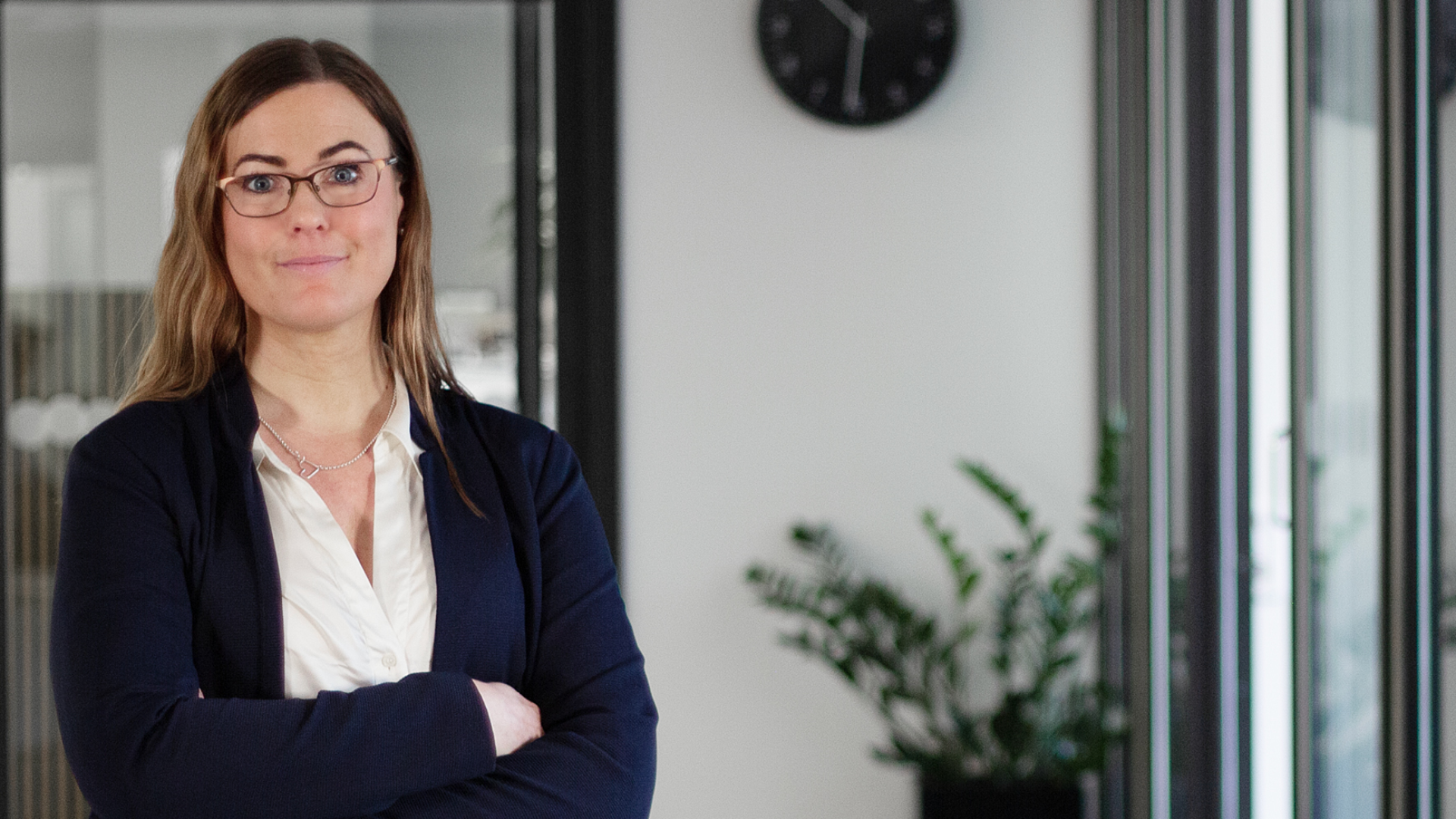The current linear economy model also depends heavily on fossil fuels without having them replaced for a longer term use. Hence, the extraction of these resources will contribute to firstly, ending the natural sources and secondly, climate change.
Given the current linear economy, in November 2016, United Nations formed “Paris Agreement”. The aim of this agreement is to keep the rising of global average temperature below 2 ÌŠC.
The execution of Paris Agreement is followed with association of countries and nations across the world. However, even having such an ambition fulfilled, the global costs of climate change is estimated to hit 54 trillion USD by 2100.
According to statistics, 55% of the total GHG emissions are energy based. Meaning that an alternation in energy use, as an instance using renewable energy, can reduce and eliminate GHG emissions. On the other hand, the remaining 45% of the total emissions are product based. Implicating that changes in consumption, production and the total supply chain is required in order to decrease the global GHG emissions.

The global demand is continuously growing as the population grows. This increasing demand from populations causes an increase in production and consequently, GHG emissions.
Studies show that the GHG emissions from food production will ascend from 8.4 billion tones of CO2e to 11.4 billion tones by 2050.
The latest article conducted by Ellen MacArthur Foundation, “How Circular Economy Tackles Climate Change”, suggests that implementing circular economy strategies in five industries (food, plastics, cement, steel and aluminum) can eradicate almost half of the emissions from production of goods by 2050 which accounts for 9.3 billion tones of CO2e.
Circular Economy
The circular economy strategy is a model overcoming the discrepancies of a linear economy model. In circular economy, all the products and materials are valuable sources used in closed loops using renewable energy systems. In other words, not only raw materials are used as inputs in a production process but also final products can be used in this cycle.
The circular economy strategies presented by Ellen MacArthur Foundation includes three phases:
1. Designing out Waste
2. Keeping Products and Materials in Use
3. Regenerate Natural Systems
All the mentioned strategies are applied into 5 industries. Nonetheless, the following part is regarded to the food industry and its relevance with the circular economy at Mycorena.
Designing out waste involves diverse parallel actions. Designing for circularity is one the most important actions in this section. The design of materials and products need to be in a way that enables them enter the circular loops in economy without any threats of reuse. Not having thoughtful and circular designing results in the linear model of “take-make-dispose”. This alone creates a massive amount of GHG emissions and pollution. Therefore, all the elements (water, raw materials, energy and the final product) put in order to produce a piece will be usable for regenerating natural systems.
Design Out Waste
Eliminating waste is the second action in designing waste. One third of all the food produced in the world is either wasted or lost. This waste and lost accounts for 1.6 billion tones of food per year. Besides that, the amount of organic waste in cities each year holds 2.8 billion tones out of which only 2% goes to the loop of circular economy. This pinpoints the fact that 98% of the organic waste is dumped without any treatment, delivering even more GHG emissions into the atmosphere. It is worth mentioning that the GHG emissions from untreated food-waste adds up 30% to the overall production process.

Substituting Materials is the third action in designing waste which is the use of secondary materials as primary material and converting them into new products. This way, a new product with full capability and lower emissions will be created.
Considering the current climate challenges, deploying new designing systems is crucial. However, it is a costly project for businesses, companies and governments as it requires design guidelines, experience and trials and lastly, new innovative equipment. Due to that, there is a reluctance amongst businesses to step towards this change.
Mycorena has foreseen the global challenges in food industry. For this reason, Mycorena team with the help of new technologies and innovative approaches are not only helping the present situation of GHG emissions but are preempting the upcoming challenges in food industry as well.
The process and innovation at Mycorena
Mycorena produces substitutes for protein-based products (alternative protein). Simply put, the Promyc products are the outcome of fermentation process in which fungi, industrial food-waste and side-stream water are the components. This means that all the inputs in the production process at this company are secondary materials which are put back into a circular process. Moreover, compared to animal protein production, the CO2 emissions of producing alternative protein is up to 20 times less and it uses 60 times less water. Promyc contains 55% protein and 20% fiber.
Keep Products and Materials in Use
Production utilizes resources. Therefore, anything in our surrounding that is produced by human being embodies the utilization of labor, material and energy. The circular cycle of materials and products works with reuse and recycling. The term reuse refers to using products for either original or fulfilling purposes. While recycling is the process of converting waste material into new materials and applying them instead of raw materials. Even though recycling requires energy, it still releases lower GHG emissions.
Regenerate Natural Systems
Agriculture is responsible for 24% of all the GHG emissions. Deforestation of forests for land-use releases the carbon stored in soil and turns them into CO2.

Proteins as one the major nutrition in both human and animal feed, are based in different sources. The sources of protein are currently either animal-based or plant-based. The animal-based proteins are found in meat, fish, eggs and diary products. The plant-based proteins are found in soy, grains, nuts and protein by-products.
Even though all the sources mentioned above contain protein, the negative sides they leave behind outweighs the positive side. In beef production, the average scale of methane a cow releases per year is between 70-120 KG. Notably, the negative effects of methane in comparison to CO2 is 23 times higher!
With regard to plant-based proteins, cultivation of grain crops and artificial fertilizers emit a type of GHG called nitrogen dioxide (N2O). Chemical agriculture inputs create ammonia. Most importantly, soy cultivation, today, is one of the major factors of deforestation in Amazon resulting in dismissing the locked-in carbon in soil and creating unhealthy soil using fertilizers.
Despite everything, any good needs to be prepared in a way that can go back to the natural system for regeneration as organic contents. Doing so, we will have healthier soil, better water retention and lower dependence on chemicals and fertilizers.
Promyc, as an organic protein content, can be used safely as inputs in production process or can be looped back to the natural system for regeneration.
Conclusion
Linear economy is not a sustainable and durable model. In order to solve the current problems of climate change or to prevent the present climate status from deteriorating, we need to change the linear economy to circular in both thinking and operational sense. Having this implemented, circular economy could be reduced by 46% (5.9 billion tones) in 2050.
Mycorena at Aktuell Hållbarhet
In November 2019, Mycorena participated in “Circular Economy forum” hosted by Aktuell Hållbarhet. Aktuell Hållbarhet is part of Bonnier Group, one of Sweden’s most influential media company, with greatest focus over working towards a sustainable market.
Mycorena, due its circular approach, was invited to talk about its journey and to present why it has a share in circular economy within food market.
During the event, Jonas Byström, a circular expert at the The European Investment Bank (EIB), along with others pitchers talked about the importance of why companies need to invest in circular systems.
Furthermore, he added that the current food industry is one of the prioritized areas where strict regulations will be imposed in the near future. These regulations will be aiming at creating a more circular food industry since linear systems are a high risk for future.
Author:
Setareh Golchin
Marketing Assistant at Mycorena

